Climate change and gender equality are closely interconnected. It is important to bear in mind that, in addition to tackling climate change, empowering women in agriculture can also reduce poverty and food insecurity in developing countries. There is no stopping the climate crisis without empowering women, and this is something that needs to be discussed and reckoned with.
This article will explore the nexus between the empowerment of women in agriculture, gender equality and climate change.
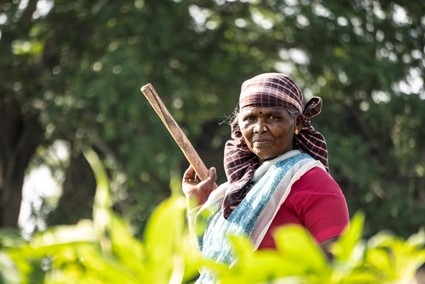
Source: Deepak kumar
Impacts of climate change on women
Although climate change negatively impacts everyone around the world, some regions and social groups are disproportionately affected. This is true for developing countries where events such as extreme weather patterns, natural disasters and the scarcity of natural resources are becoming more frequent.
Developing countries and its inhabitants do not have the financial resources nor the sociopolitical support to prevent, adapt or recover from such events; leaving them in a vulnerable position.
There are many reasons which contribute to women becoming more vulnerable to climate change than men; one being that women constitute the majority of the world’s poor. This means that most women depend on natural resources for their livelihoods. Consequently, women from rural regions become especially vulnerable because they rely on agriculture and natural resources which are under the threat of the changing climate.
Additionally, women face certain inequalities, namely political, economic, social and cultural barriers, as well as less access to basic human rights, that put them at a disadvantage. These shortcomings can also be found in the different roles assigned to men and women – especially in rural areas – where women often lack participation in decision-making processes.
Finally, climate-related hazards are responsible for displacing about 21.5 million people every year, and the UN estimates that women correspond to 80% of these displacements. In addition, climate disasters increase the risk of gender-based violence such as domestic violence, sexual harassment, human trafficking and others.
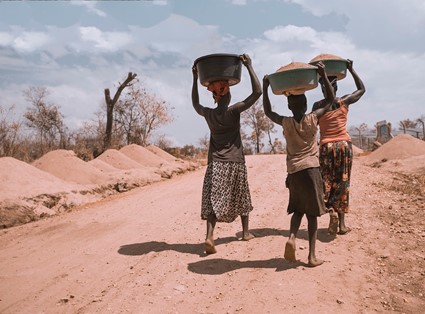
Source: Ninno Jack Jr
Therefore, if women and girls are the first to be affected by the consequences of climate change, then the empowerment of women and girls alike can help solve the climate emergency. However, despite their vulnerabilities, women and girls are not victims of climate change. They are not only capable of finding solutions to solve the climate crisis, but they have already shown interest and initiative in doing so.
“The IPCC [International Panel on Climate Change] found that gender inequalities are further exaggerated by climate-related hazards, and they result in higher workloads for women, occupational hazards indoors and outdoors, psychological and emotional stress, and higher mortality compared to men.” – Verona Collantes, intergovernmental specialist at UN Women.
Women have historically built knowledge and skills related to natural resources management as well as food productions and preservation, which contributes to climate change adaptation and mitigation. Moreover, women are at the frontlines in the fight against climate change and are generally the first to respond when it comes to helping their families and communities.
Women in agriculture
There is a gender gap in agriculture in low-income countries, and as a consequence, women farmers end up producing less than their male counterparts. Evidence shows that female farmers are just as competent as male farmers; however, they have fewer inputs, land, human rights and access to financial services, generally resulting in lower yields.
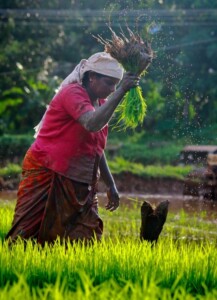 Women correspond to 43% of agricultural workforce in low-income countries, and in some regions, such as in parts of Asia and sub-Saharan Africa, this number reaches 50-60%. Besides their role in agriculture, women also face a double burden with child-care and other household activities. This means that in addition to the time they spend in agriculture, they usually allocate time to food production, fetching water and fuel and other household duties.
Women correspond to 43% of agricultural workforce in low-income countries, and in some regions, such as in parts of Asia and sub-Saharan Africa, this number reaches 50-60%. Besides their role in agriculture, women also face a double burden with child-care and other household activities. This means that in addition to the time they spend in agriculture, they usually allocate time to food production, fetching water and fuel and other household duties.
As a result, women work longer hours and get paid less, seeing that household responsibilities are considered unpaid labor. This accumulation of duties results in time poverty, which impacts women’s health, community engagement, and economic options.
Source: Nandhu Kumar
Moreover, according to FAO [Food and Agriculture Organization of the United Nations], women are more likely than men to obtain seasonal or part-time employment in comparison to full-time positions, not to mention they usually get paid less even if they have higher qualifications than men performing the same role. They also have less access to numerous resources, such as land rights, education, technology, credit or other financial services.
Studies show that developing small-scale agriculture is the most effective strategy to reduce poverty and food insecurity, and women have a central role in it. In fact, although women in agriculture experience barriers, they are responsible for producing 80% of food provisions in developing countries. This goes to show how vital women are for rural economies and food security.
If women had the same access to financial and productive resources as men, their yield could increase by 20-30%. As a result, agricultural production in developing countries could grow by 4%, reducing global hunger by 17%. This means that 100 to 150 million people would no longer be hungry.
In addition to reducing food insecurity, the increase in agricultural production could also mean a reduction in land clearing and deforestation induced by the need to create new agricultural areas.
Education for Women and Girls
One important factor influencing agricultural productivity and widening the gender gap in agriculture is the lack of access to education and training for women and girls.
Human capital, which is measured by the education of the head of a household or the education of working-age adults in the household, play a significant role in determining the opportunities of an individual and is also closely linked with agricultural productivity and household income.
The bias against girls in education in developing countries becomes clear considering that, according to FAO, in the majority of these countries female heads have less education than male heads. In rural areas, this disparity becomes more evident given that the years of education of some female household heads are less than half of their male counterparts.
Therefore, education is key in empowering women in agriculture and in every other aspect. It also positively affects the economy, food security, poverty reduction and climate change mitigation.
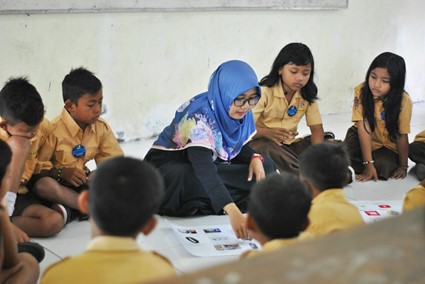
Source: Husniati Salma
Solutions and interventions
Even though women are key players in the adaptation and mitigation of climate change, having unique experiences and skills, they are still under-recognized by their contributions to sustainable development.
Empowering women in agriculture and closing the gender gap benefits everyone, and for that to happen, it’s necessary to eradicate discrimination against women in accessing financial resources, education, agricultural inputs, technology, and labor markets all across the globe.
Governments should invest in agronomy training programs for women, provide financial means and promote gender focused climate financing. Another crucial measure to be taken is ensuring land rights to women. Land is a vital resource for any farmer and having rights to land increases women’s ability to improve their income, resilience and their family’s food security. In addition to, secure land tenure, individuals are more likely to invest in soil and ecosystem conservation, avoid deforestation and adopt sustainable practices, such as nature-based solutions and climate-smart agriculture, thus improving soil carbon sequestration and avoiding carbon emissions.
Public and private initiatives can promote and fund women-led and women-focused organizations which aim to advance sustainable practices and solutions to climate change, including indigenous and grassroots initiatives.
Furthermore, businesses in the food and agricultural sector can also help empower women by conducting gender analyses in their supply chain and implementing gender-focused policies and action plans.
“Women are the backbone of most developing countries, and it is beneficial to a country’s economy to empower women in agriculture” – Shelly-Ann Dinnell, farmer.
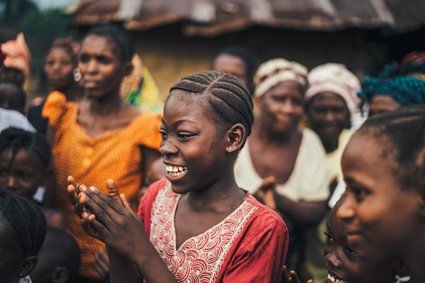
Source: Annie Spratt
Discrimination and gender inequality have been underpinning the issues in sustainable development for the last 40 years and research shows that closing this gender gap would improve agricultural and development outcomes, including mitigating the climate crisis and improving food security worldwide.
Below, there are some articles that you might be interested in:
- What is the UN Decade on Ecosystem Restoration?
- Climate Change and Desertification
- Reversing climate change: how can we boost carbon removal?





Leave A Comment